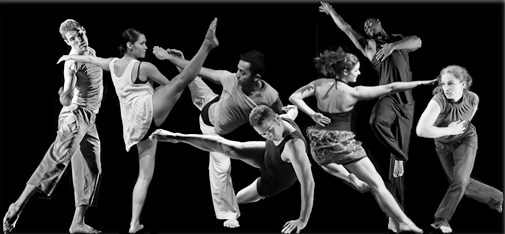Construction Grammar meets Typology: From Theory to Teaching
Project description:
The world’s languages differ in how they conceptualize events central to the human experience, such as motion and change of state, by means of constructions. This project investigates the expression of these meanings in four major European languages, English, German, Polish and Spanish.
The aim is (i) to identify, through a fine-grained study of corpus data, the language-internal factors (semantic, morpho-syntactic, etc.) underlying cross-linguistic variation, including differences that can be observed in languages considered to be typologically related and (ii) to implement the findings in foreign language acquisition by developing a comprehensive pedagogical grammar of constructions. Consistently, this proposal involves three main phases. The first one consists of data collection and description. The second one is dedicated to data interpretation in the light of the theories concerned with verbal constructions and typological variation, namely Construction Grammar (Goldberg 1995) and Talmy’s (2000) typology of macro-events. In particular, it will be claimed that the typology of languages, as proposed by Talmy (2000), is in fact an epiphenomenon of a typology of constructions whose distribution in the world’s languages is constrained, among others, by the availability of grammatical devices, such as verb prefixes, verb particles, prepositions, etc.
The third phase proceeds with translating the theoretical results into a user-friendly multi-lingual grammar of constructions, which permits to elucidate certain high-level morpho-syntactic generalizations, invisible in the prevailing verb-centred teaching materials. Therefore, the findings of this investigation would be an innovative contribution both to the theoretical debate on linguistic diversity and to the cross-linguistic communication in a broad sense, which seems to be especially relevant in the modern world characterized by close relationships between languages and cultures.
Contact
Wojciech Lewandowski, PhD
Marie Skłodowska-Curie fellow
Office: 24.4.24
E-mail: qmt113@hum.ku.dk
About the project
The project is a 2-year Marie Skłodowska-Curie fellowship grant funded by the European Comission

